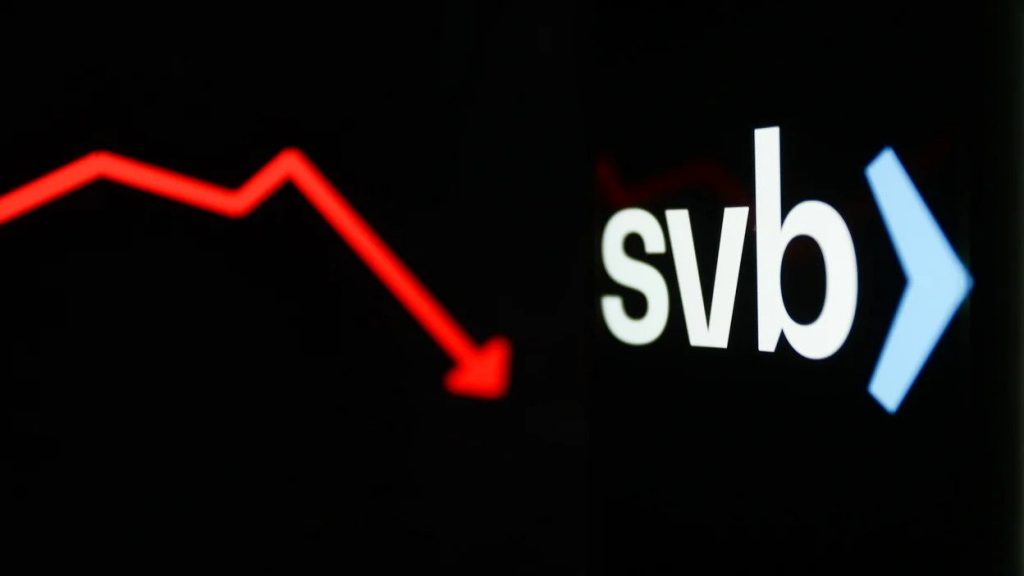SVB (Silicon Valley Bank) was founded in 1983 in Santa Clara, California, by a group of entrepreneurs and investors who wanted to create a bank that would meet the unique financial needs of the technology and innovation sectors.
The bank started with a focus on serving technology startups and venture capital firms, providing specialized banking services such as venture debt, IPO services, and mergers and acquisitions advisory. Over time, SVB expanded its services and geographic reach to include other innovation sectors such as life science, healthcare, energy, and wine. It soon became the 16th largest bank in the US.
During the pandemic years, SVB was in high demand as the preferred bank for the tech sector. The market shock caused by Covid-19 quickly turned into a prosperous period for startups and established tech companies as consumers increased their spending on gadgets and digital services.
As a result, many of these tech companies deposited their cash with SVB, leading to a surge in deposits. The bank then invested a significant portion of these deposits in long-dated US government bonds, which were deemed safe.
However, the bank’s bond portfolio began to lose value when the Federal Reserve started raising interest rates to counter inflation. This was due to the inverse relationship between bonds and interest rates, causing bond prices to fall.
If SVB had held these bonds until they matured, it would have received its capital back. Unfortunately, the bank’s customers started withdrawing their deposits as economic conditions worsened during the pandemic, particularly affecting tech companies.
As a result, SVB did not have enough cash on hand to cover the withdrawals, forcing the bank to sell some of its bonds at significant losses. This caused panic among investors and customers, resulting in the bank’s collapse within 48 hours of disclosing the asset sales.

Due to the fact that banks only hold a portion of their assets in cash, they can be vulnerable to sudden customer demand. In the case of SVB, their issues originated from previous investment choices, but the catalyst for a bank run occurred on March 8th when they revealed the need for a $1.75bn capital infusion.
This announcement signaled to investors that SVB had a capital shortfall caused by the sale of their loss-making bond portfolio. As a result, customers became concerned about the bank’s financial stability and began withdrawing their funds in large amounts.
Since SVB’s clients typically held sizable accounts, the bank run was rapid, leading to the company’s collapse only two days after announcing the capital raise. This event was the largest bank failure in the US since the global financial crisis.
To counter the risk, the Federal Reserve has unveiled a new program that allows banks to borrow funds backed by government securities to meet demands from deposit customers.
This is designed to prevent banks from being forced to sell government bonds, for example, that have been losing value due to rising rates. There are, however, more immediate concerns for the technology sector.
SVB catered to Silicon Valley, backing startups and other technology companies that traditional banks might shy away from. In recent months, the sector has been cutting staff as economic conditions deteriorate. At a time, they need financial backing, one of its biggest supporters has collapsed.
Central banks around the world have been raising rates over the past year to tame high inflation, with the US moving from near zero to more than 4.5% at a rapid pace. Most forecasters expect rates to go higher in the US, UK, and Australia, before stabilizing.

